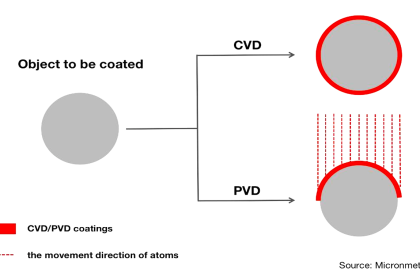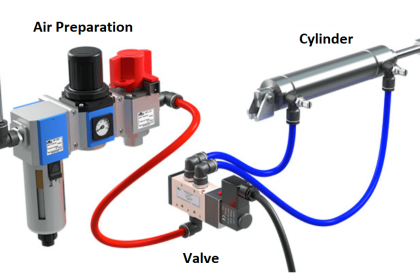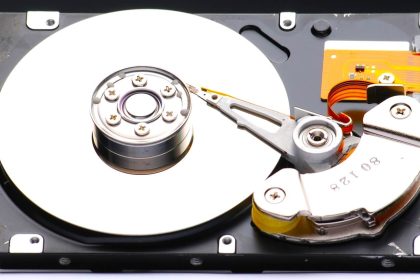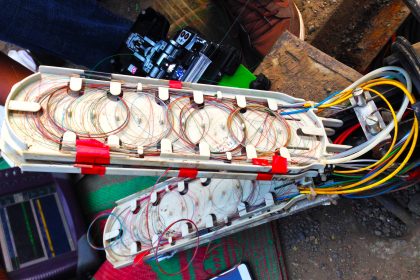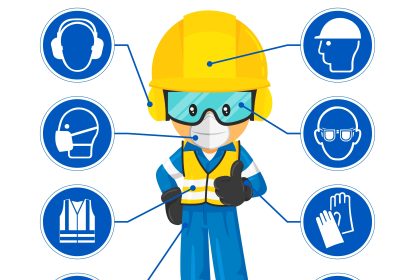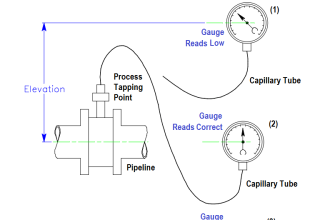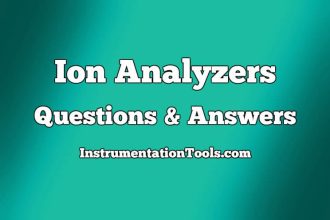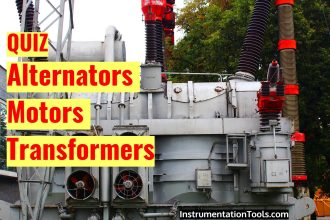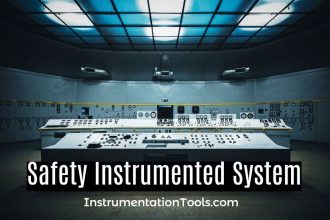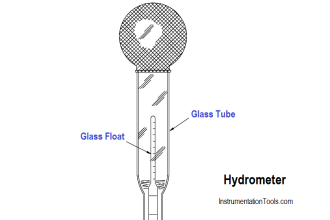Arduino is an open-source software with a hardware controller designed with more features and big capabilities. Arduino is one of the cheapest solutions for control and automation on a smaller level.
The Arduino board can be compared to a PLC but the difference is that Arduino is a very smaller version and is mainly used for home automation and smaller projects. Arduino board can sense multiple inputs, process them and produce outputs as per our requirement.
The Arduino board has input output pins on the board itself. Input-output devices can be connected directly to the board. The power to Arduino can be given from Laptop or a separate adaptor.
Arduino’s programming can be done from Arduino’s software which is Open Source and many programs are easily available on the internet for projects. C++ language is used to program the Arduino controller.
Some Arduino boards have the capability to connect with the WiFi network. Arduino board can also be connected to different Cloud services like Arduino’s own IoT Cloud, Blynk, IFTTT, Amazon Web Service IoT Core, Azure, Firebase, and much more.
What are the Unique Properties of Arduino Controllers?
Arduino controllers have a lot of features that make them super special in the embedded controller’s world. Some of them are listed below.
- Inexpensive
Arduino is one of the most inexpensive controllers for smaller projects and home automation purposes. The Arduino board’s cost starts from INR 600 (approximately).
- Cross-platform
The Arduino programming software runs on multiple platforms like Windows, Mac OS, and Linux
- Simple programming environment
The programming environment Arduino IDE is very simple. The software’s environment is user-friendly and developed keeping in mind the end users which are mostly students and teachers.
- Open source and extensible software
The software for programming the Arduino controller is open-source software.
- Open source and extensible hardware
The open-source hardware of the Arduino is compact in size. Different models are available; each having different functionalities.
What are the Different Models of Arduino?
The Arduino offers different types of models such as Arduino mega 2560, Arduino Uno, Arduino MKR1000 WIFI, Arduino Nano, Arduino Micro, and Arduino Zero.
Arduino Mega 2560
Arduino Mega 2560 has 54 digital IO pins, 16 analog input pins, and 4 serial ports. Arduino Mega 2560 has a USB connector also.
The flash memory for Arduino Mega 2560 is 256 KB out of which 8 KB is used by the bootloader.
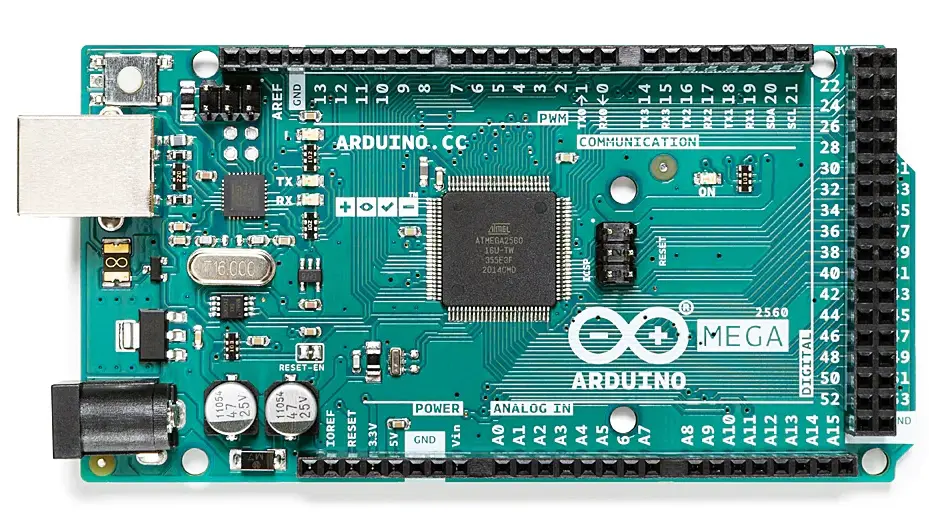
Arduino Uno
Arduino Uno is one of the most preferred Arduino boards. Arduino Uno has 14 digital IO pins (out of 14 pins, 6 pins can be used as PWM) and 6 analog input pins.
Arduino Uno also has a USB connector. The flash memory of Arduino Uno is 32 KB (ATmega328P) out of which 0.5 KB is used by the bootloader.
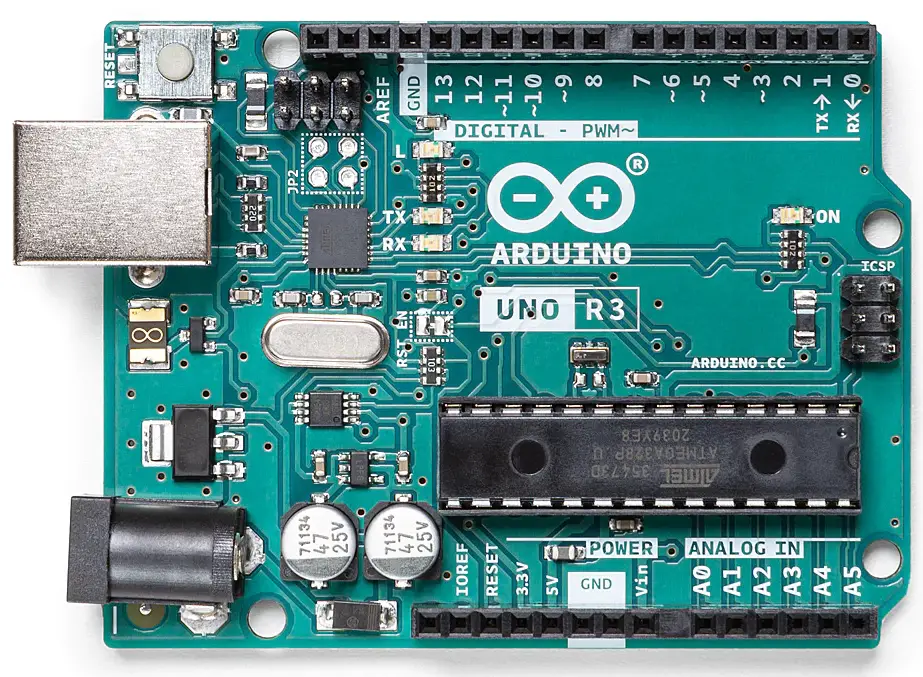
Arduino Nano
Arduino Nano is one of the smallest models. Arduino Nano has 22 digital IO pins (out of 22 pins, 6 pins can be used as PWM) and 8 analog input pins.
The flash memory of Arduino Nano is 32 KB out of which 2 KB is used by the bootloader.
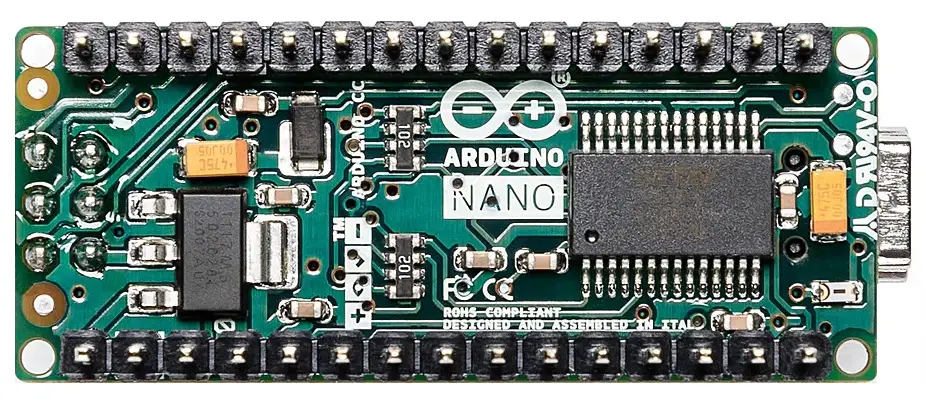
Arduino MKR1000 WIFI
Arduino MKR1000 has 8 digital IO pins, 12 PWM pins, 7 analog input pins, and 1 analog output pin. Inbuilt WiFi shield. The flash memory of Arduino MKR1000 is 256 KB.
This Arduino model works on low voltage compared to other Arduino models. The operating voltage for Arduino MKR1000 is 3.03 volt.
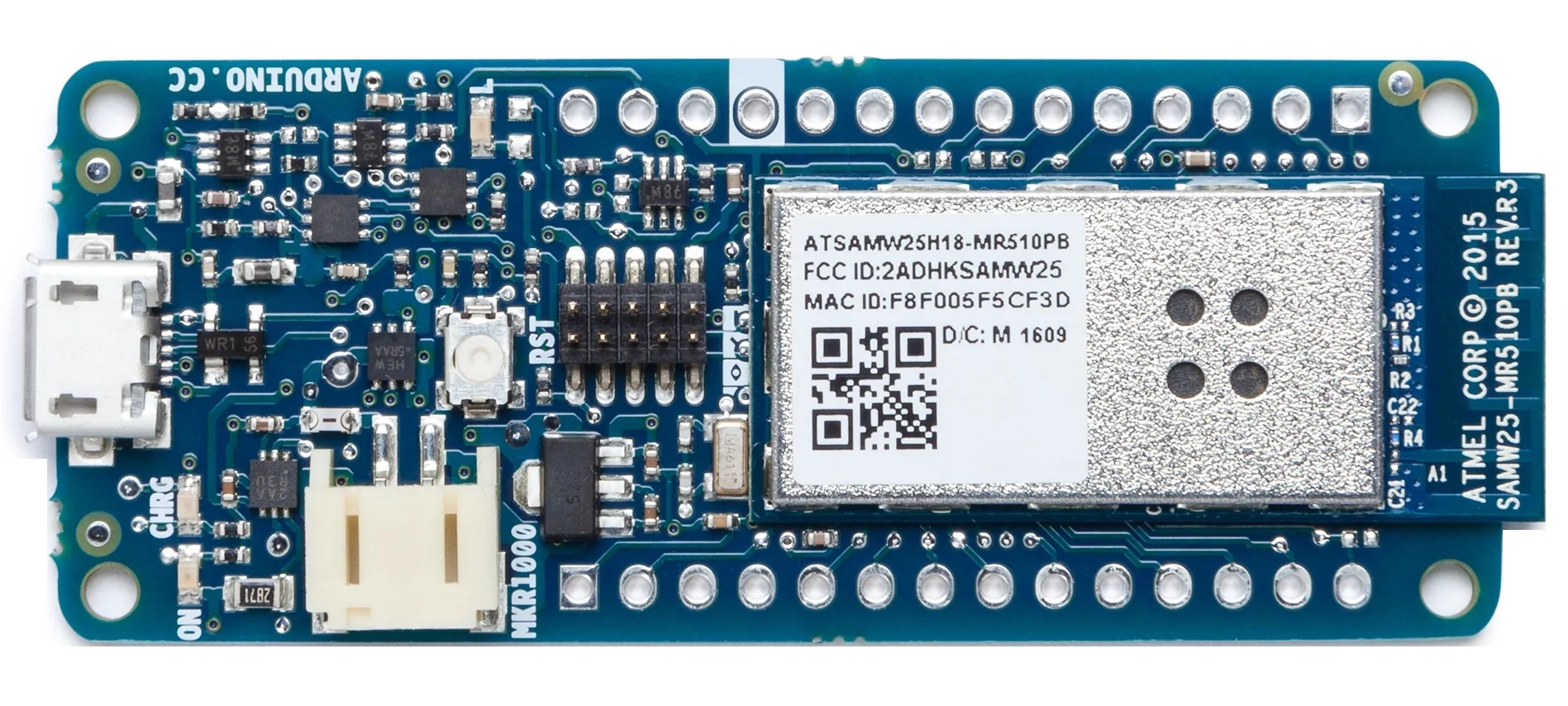
Arduino Micro
Arduino Micro has 20 digital IO pins, 7 PWM pins, and 12 analog input pins.
The flash memory of Arduino Micro is 32 KB (ATmega32U4) out of which 4 KB is used by the bootloader.

Arduino Zero
Arduino Zero is the extended version of Arduino Uno with an aim to provide a platform for various innovative projects in smart IoT devices, high-tech automation, wearable technology, crazy robotics, and much more.
Arduino Zero has 20 digital pins, 6 number of 12-bit ADC pins, 1 number of 10-bit DAC pin. The flash memory of Arduino Zero is 256 KB.

What is the Operating Voltage Range of Arduino?
Arduino works on 5 volts and the recommended input voltage is 7 volts to 12 volts. But then how will Arduino control motors or any other heavy loads?
For handling heavy loads as well as for special functions, Arduino Shields are available. Arduino shields are extra circuits that can handle heavy loads too. Just think of a relay board that is used with the PLC, similarly, Arduino Shield works for Arduino.
What type of Projects can be done using an Arduino Controller?
We can design many types of projects with Arduino boards. The list is endless. Some of the projects are mentioned below.
- Automatic room light on-off (motion activated)
- Plant watering system
- The level controller in the tank
- Mini floor cleaning robot
- IoT weather Data Logger
- Robotic Arm Controlled by Human Hand Gestures
- Robot Car
- Smart Home Automation

